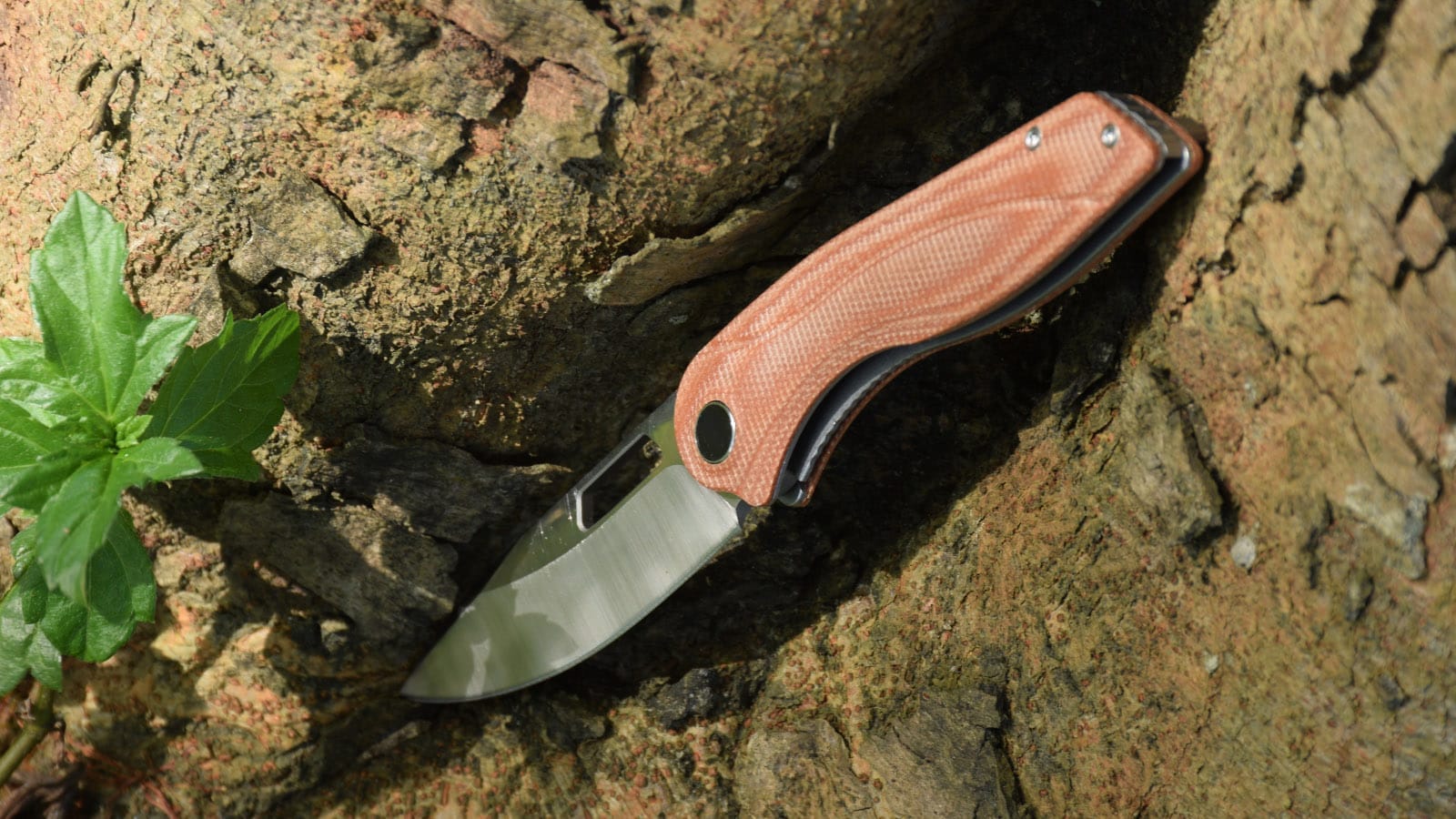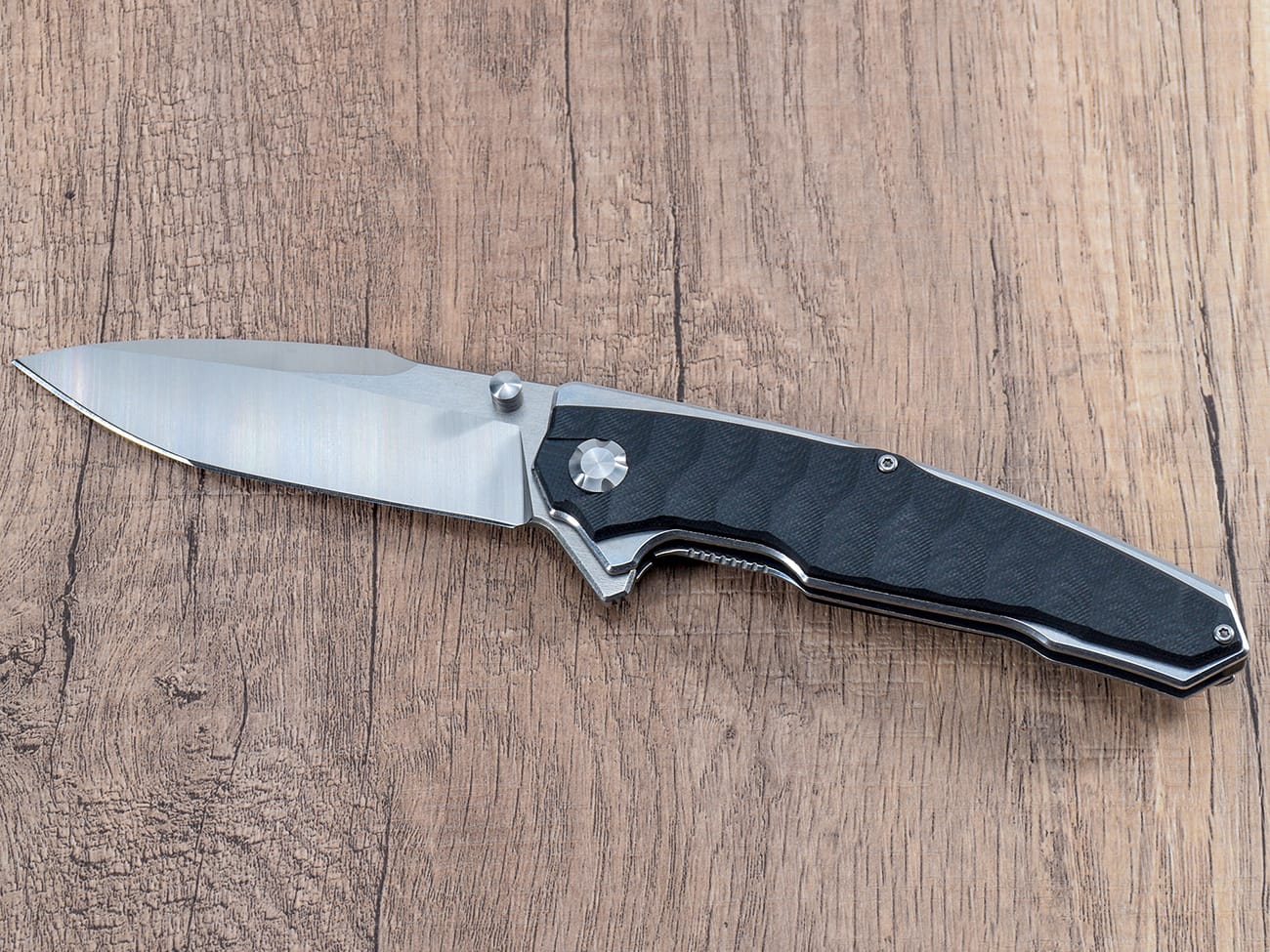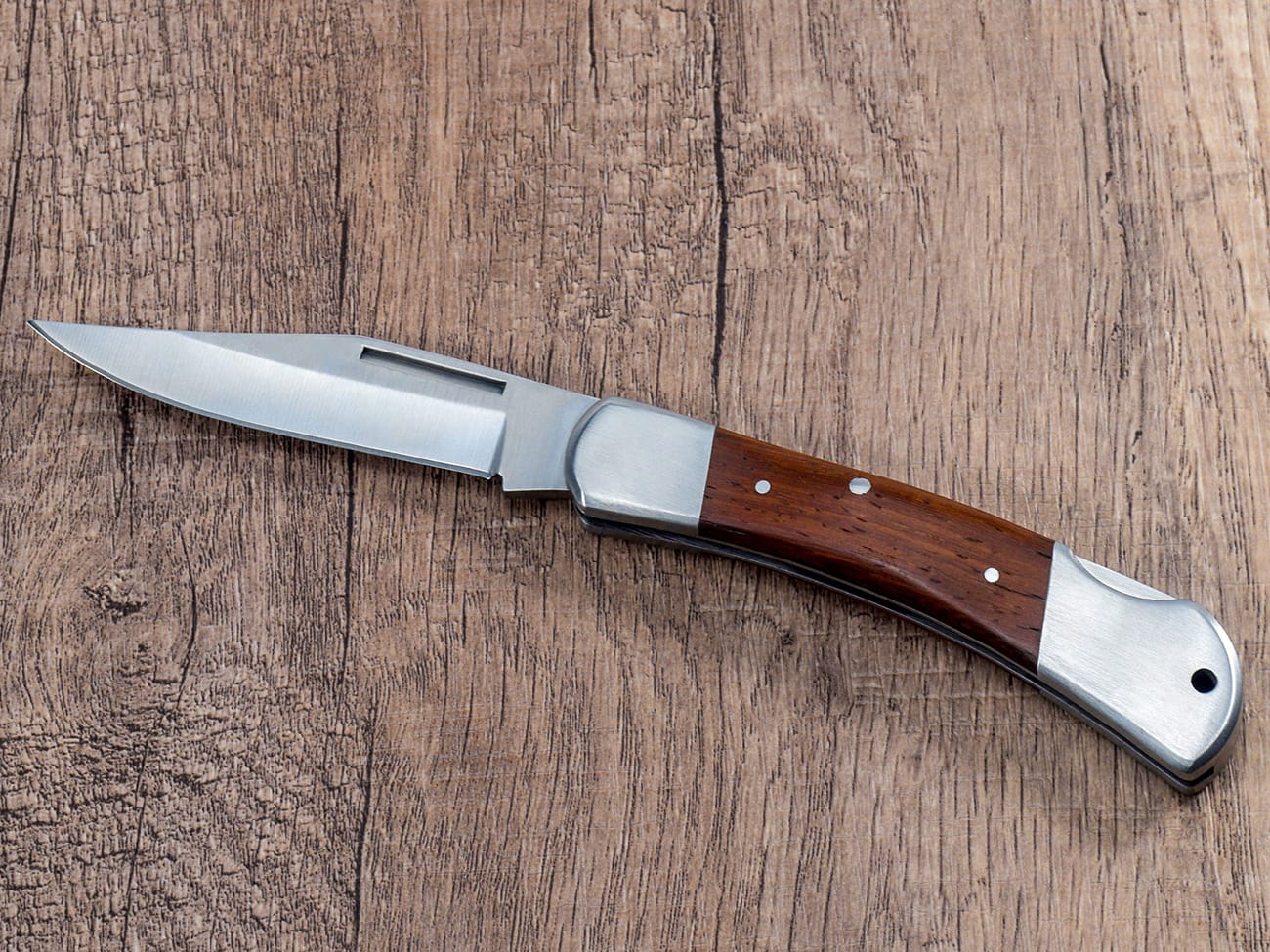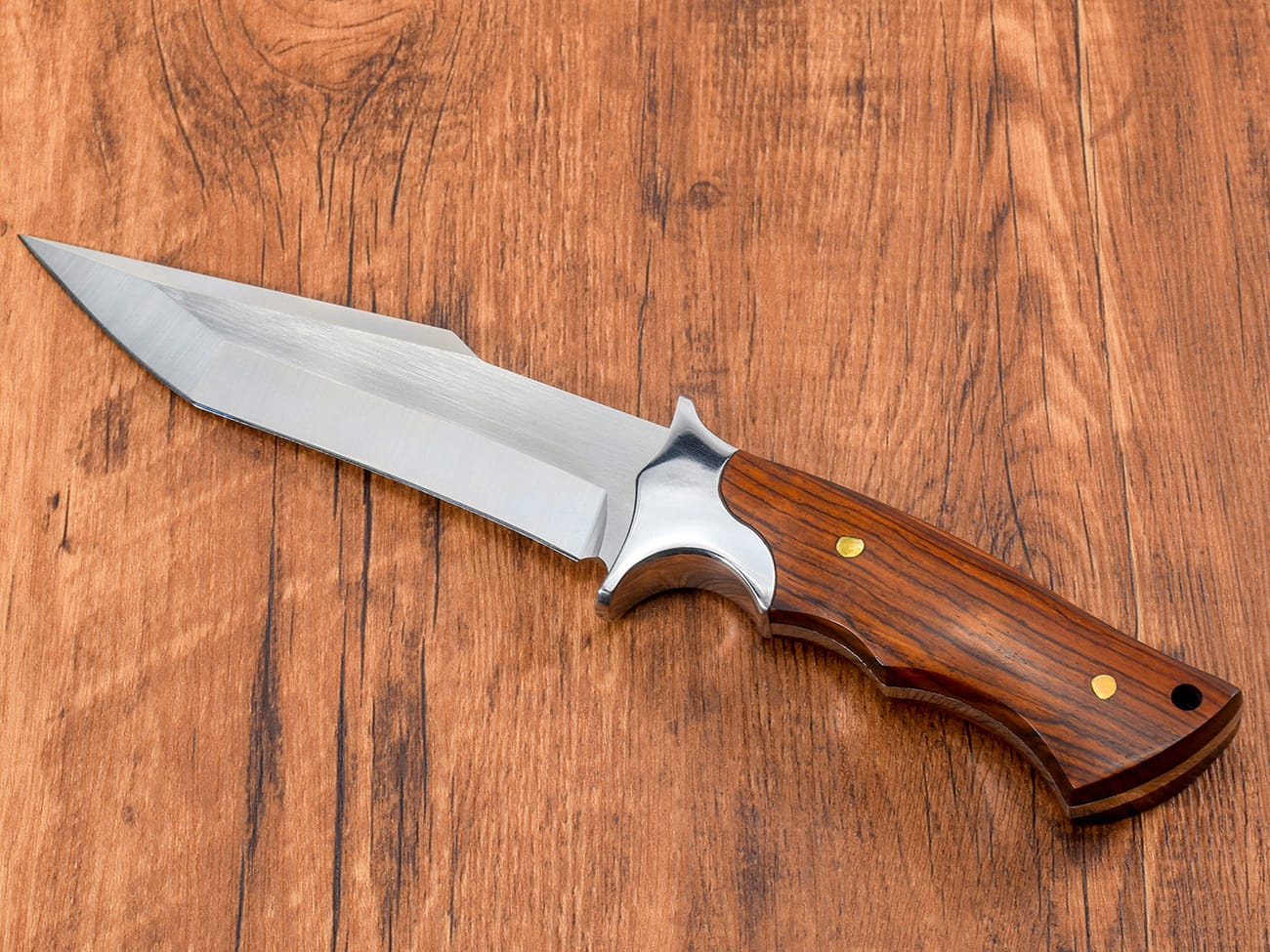Maintaining your pocket knife through proper lubrication is crucial for its longevity and performance. This comprehensive guide will walk you through the essential steps of oiling your knife, helping you prevent rust, reduce friction, and keep your blade in optimal condition. Whether you’re a knife enthusiast with a custom folding knife or just starting with your first pocket knife, this guide will ensure your blade stays smooth and reliable.
Why Should You Oil Your Pocket Knife?
Regular lubrication is essential for several reasons. A well-oiled knife opens and closes smoothly, resists corrosion, and maintains its sharp blade longer. Without proper lubrication, your quality knife can develop rust, become difficult to operate, and potentially become unsafe to use.
What Type of Oil Should You Use on Your Knife?
Not all oils are created equal when it comes to knife maintenance. Here are the best options:
- Food-grade mineral oil
- Gun oil
- Ballistol
- PTFE-based lubricants
- Dry lubricant
Avoid using:
- Vegetable oil (can go rancid)
- Machine oil (not food safe)
- Petroleum-based products (may damage handle materials)
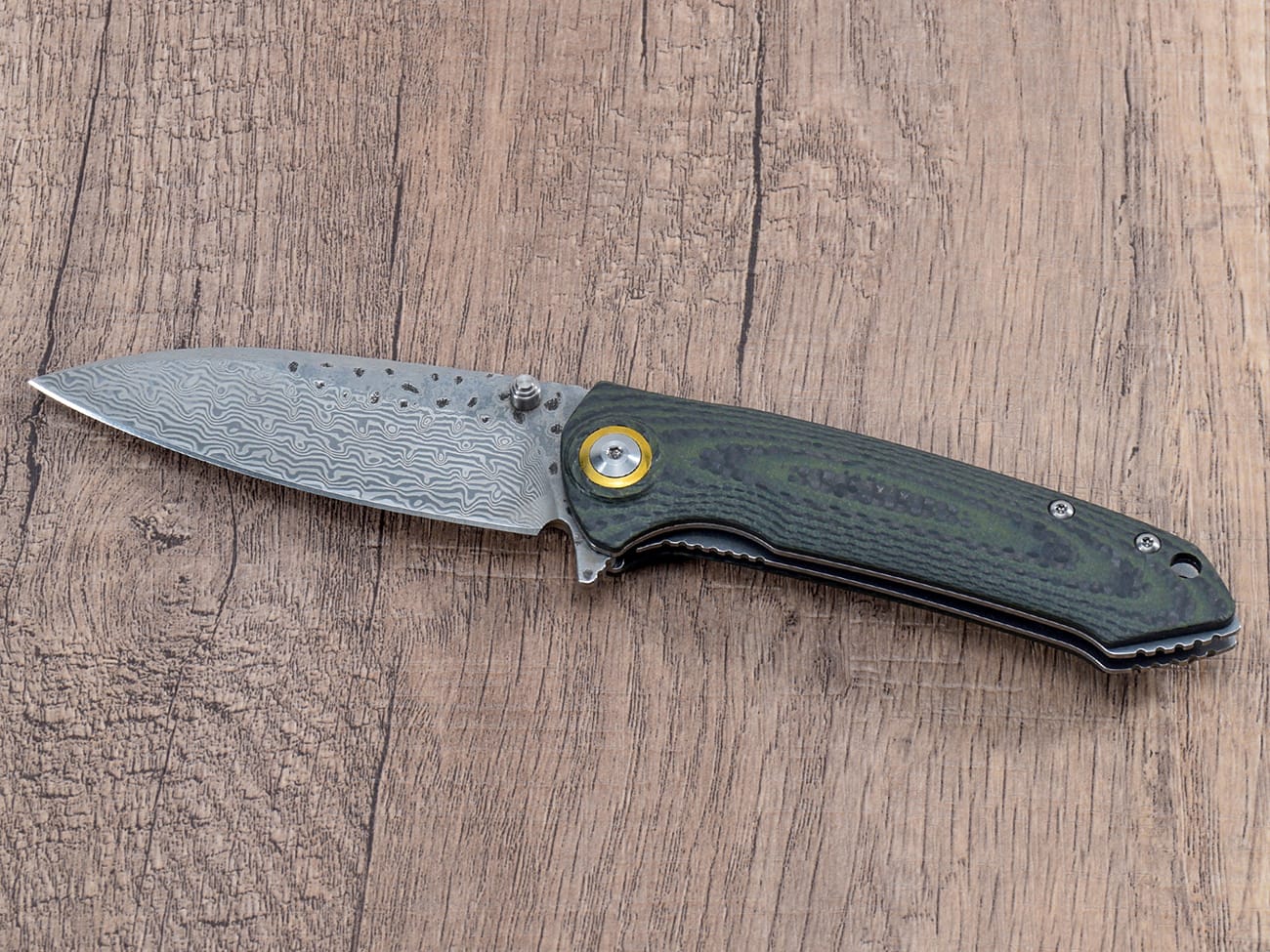
How Often Should You Oil Your Knife?
The frequency of oiling depends on several factors:
- Usage frequency
- Environmental conditions
- Storage conditions
- Type of steel (especially important for carbon steel blades)
Preparing Your Knife for Oiling
Before applying oil, you need to:
- Clean your knife thoroughly
- Remove any pocket lint
- Use compressed air to clear debris
- Ensure the knife is completely dry
Step-by-Step Guide to Oiling Your Knife
- Open and close the knife several times
- Use a toothpick to clean hard-to-reach areas
- Apply a small amount of oil around the pivot
- Work the oil into the moving parts
- Wipe excess oil with a clean cloth
Common Mistakes to Avoid When Oiling Your Knife
- Using too much oil
- Applying oil without cleaning first
- Using the wrong type of lubricant
- Neglecting to wipe excess oil
- Not addressing loose screws
Special Considerations for Different Lock Types
Different knife lock types require specific attention:
- Liner locks need clean contact surfaces
- Frame locks require minimal oil on locking surfaces
- Axis locks benefit from dry lubricants
Maintaining Different Blade Materials
Steel type affects maintenance needs:
- High carbon steel needs more frequent oiling
- Stainless steel requires less maintenance
- Damascus steel benefits from regular oiling
Storage Tips After Oiling
Proper storage is crucial after oiling:
- Store in a dry environment
- Keep away from high humidity
- Use a protective case
- Regular maintenance checks
When to Seek Professional Help
Know when to consult a professional:
- If disassembly is needed
- For complex mechanisms
- When dealing with custom knives
- If rust is severe
Key Points to Remember:
- Clean before oiling
- Use appropriate lubricants
- Apply oil sparingly
- Regular maintenance prevents problems
- Proper storage extends knife life
- Different knives need different care
- Quality oil makes a difference
- Monitor for signs of wear
This guide covers everything you need to know about oiling your pocket knife. Remember, proper maintenance not only extends your knife’s life but also ensures safe and reliable performance. For more detailed information about specific knife types and materials, check out our comprehensive guide to knife handle materials.

